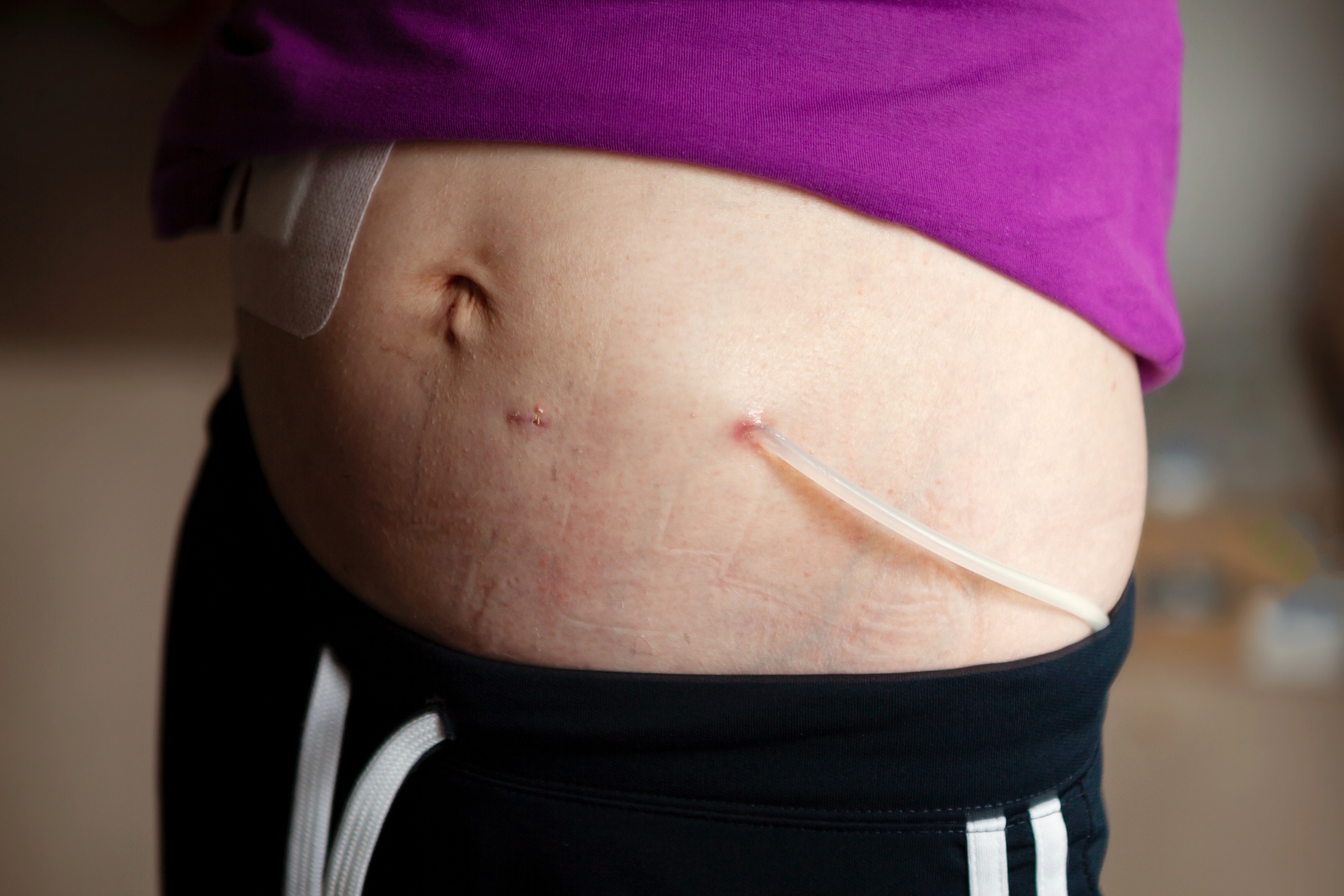
An estimated 14.9% of the population of the United States is affected by chronic kidney disease (CKD), and approximately 88% of Americans with CKD are unaware that they have reduced kidney function. In 2020, according to data from the United States Real Disease Data System, 802,759 people in the United States had end-stage kidney disease.
The term protein-energy wasting (PEW) was coined in 2008 by the International Society of Renal Nutrition and Metabolism to describe a complex combination of malnutrition, cachexia, and inflammation in individuals with CKD. The worldwide prevalence of PEW in those receiving maintenance hemodialysis is 28% to 54%, and the risk of risk of morbidity and mortality in that patient population is elevated.
Several biochemical, clinical, and nutritional parameters are used to diagnose PEW. According to Terry Brown, MBA, MPH, RD, LD, and colleagues, research is needed to assess the various PEW components, such as reduced dietary energy and protein intake and anthropometrics (BMI, BMI category, waist circumference, waist-to-hip ratio) to identify appropriate nutrition interventions for patients receiving maintenance hemodialysis at risk of malnutrition.
The researchers conducted a secondary analysis of clinical and demographic data for 142 adults from the Rutgers Nutrition and Kidney Disease (RNKD) data base to explore whether those with ESKD on maintenance hemodialysis meet the National Kidney Foundation Kidney Disease Outcome Quality Initiative 2020 (NKF-KDOQI 2020) guidelines for nutritional adequacy on dialysis treatment day. The study also examined the relationship between dietary energy and protein intake and anthropometrics. Results were reported in the Journal of Renal Nutrition.
Continuous variables (age, dialysis vintage, BMI, waist-to-hip ratio, waist circumference, and self-reported dietary intake of protein, fat, carbohydrate, and energy) were reported using the mean standard deviation or median interquartile range. Categorical variables (sex, race, ethnicity, CKD etiology, and BMI category) were described using total count and percentage.
The RNKD database is a compilation of four cross-sectional studies conducted in the Northeast and/or Midwest regions of the United States and includes data from a convenience sample of 210 study participants with stage 5 CKD undergoing maintenance hemodialysis from September 2012 to December 2018. Of those 210 participants, 142 had complete data and were included in the current analysis. Median age was 55.7 years and dialysis vintage ranged from 3 to 411 months, with a median duration of 42.0 months. A total of 119 participants were Black (83.8%) and 111 were of non-Hispanic ethnicity (78.2%).
Seventy-five percent of the study cohort had a BMI of 25 to 29 or ≥30 kg/m2, consistent with the Centers for Disease Control and Prevention definition for overweight (n=51, 35.9%) or obesity (n=56, 39.4%). Median waist circumference for men was 103.0 cm, exceeding the recommended standard for optimal health of 102 cm; the waist-hip-ratio was within normal limits at 1.0. For women, mean waist circumference and waist-to-hip ratio exceeded the recommended standard for optimal health of 88 cm and 0.85, respectively.
Dietary energy intake, dietary protein intake, and macronutrients were based on a 24-hour recall that reflected intake on a dialysis day. Median dietary energy intake was 1342 kcals or 18 kcal/kg, and median dietary protein intake was 56 g or 0.7 g/kg. Those values did not meet the NKF-KDOQI 2020 recommendations of 25 to 35 kcal/kg and 1.0 to 1.2 g of protein/kg to maintain stable nutritional status.
Dietary energy intake was significantly higher among men than women, as was dietary protein intake; however, dietary intake was suboptimal in both men and women. The macronutrient composition was 16.4% of kcal from protein, 37.3% from fat, and 45.7% from carbohydrates. The percent of energy from carbohydrates and proteins did not meet established guidelines of 20% protein, 50% to 60% carbohydrates, and 25% to 35% fats. Fat intake exceeded recommendations.
From the total sample data, there was a significant weak positive correlation between dietary energy intake and waist-to-hip ratio (r=0.18; P=.03), indicating that sample data from those with a higher waist-to-hip ratio had higher self-reported dietary energy intake. There were no significant correlations between dietary energy intake and BMI or waist circumference . There were no correlations between dietary energy intake and BMI, waist circumference, waist-to-hip ratio, or BMI category based on sex.
There was a significant weak positive correlation between dietary protein intake and waist-to-hip ratio (r=0.18; P=.037), suggesting that sample data from those with a higher waist-to-hip ratio also consumed higher amounts of dietary protein intake. There was no significant correlation between dietary protein intake and BMI or waist circumference. For both men and women, there were no significant relationships between dietary protein intake and BMI or waist circumference. There was a significant moderate, positive relationship between dietary protein intake and waist-to-hip ratio women, but not in men, suggesting that women with higher waist-to-hip ratio also had higher self-reported dietary protein intake. There was no significant relationship between dietary protein intake and BMI category.
Limitations to the study findings cited by the authors included the self-reported dietary intake results may not have accurately reflected usual intake because the data were collected at one point in time, and the possibility that participants may have underreported dietary intake.
In conclusion, the researchers said, “Clinicians should be aware that many patients with ESKD receiving maintenance hemodialysis may have inadequate energy and protein intake, especially on a dialysis day. Also, individuals with a higher BMI may consume less energy and protein than their normal-weight counterparts and there may be gender-related differences in waist-to-hip ratio and dietary intake. Based on the results of this study, waist-to-hip ratio may be a useful tool to assist clinicians in identifying patients who may be a risk for suboptimal nutritional intake, which could be an indication of PEW.”
Takeaway Points
- Researchers reported results of a study examining whether people receiving maintenance hemodialysis met the National Kidney Foundation Kidney Disease Outcome Quality Initiative 2020 guidelines for nutritional adequacy on a dialysis day.
- The results suggested that the nutritional intake in that patient population was inadequate to meet the guidelines on a dialysis day.
- In women, there was a significant positive correlation between dietary protein intake and waist-to-hip ratio.
Source: Journal of Renal Nutrition







 © 2025 Mashup Media, LLC, a Formedics Property. All Rights Reserved.
© 2025 Mashup Media, LLC, a Formedics Property. All Rights Reserved.